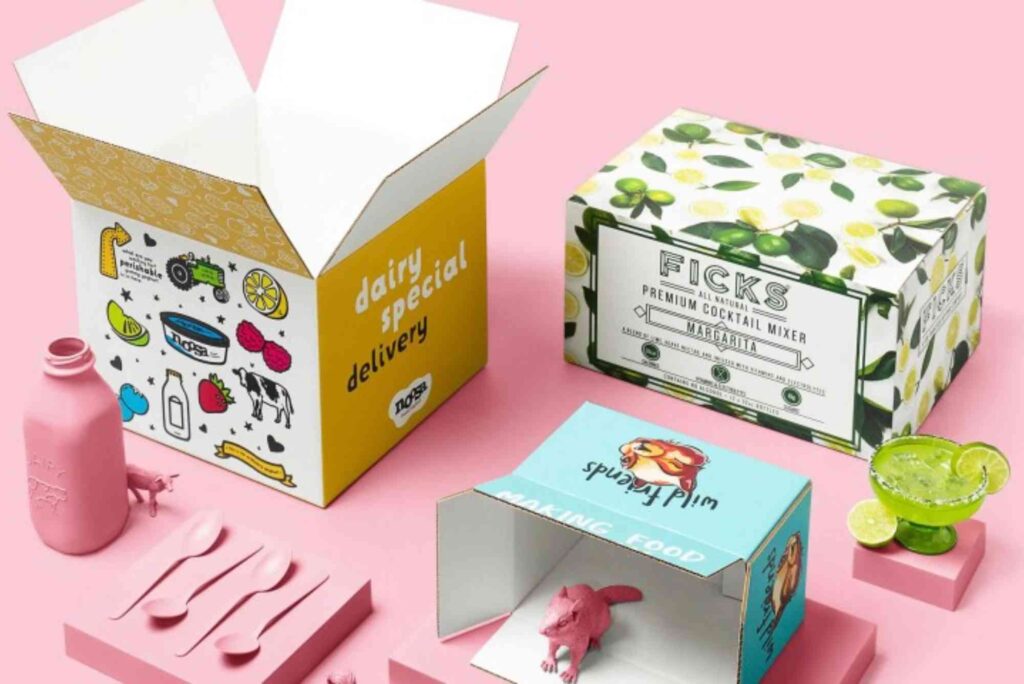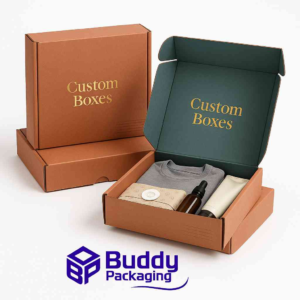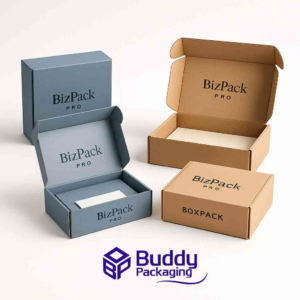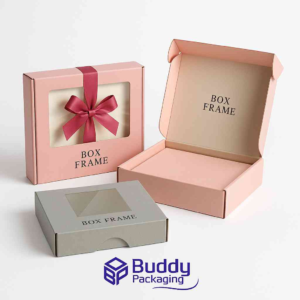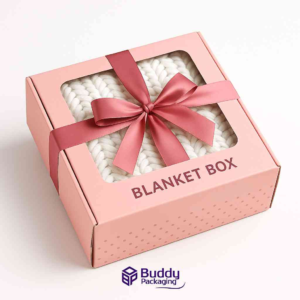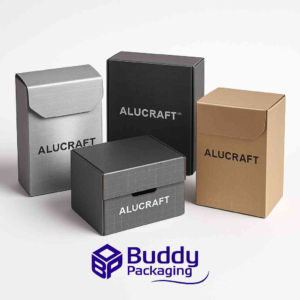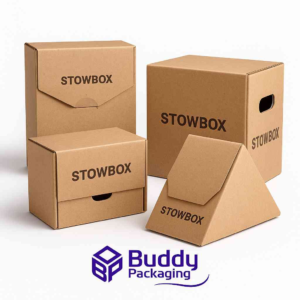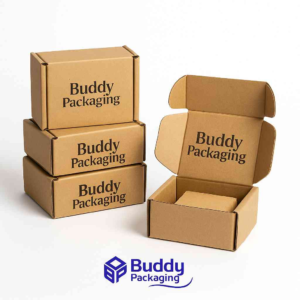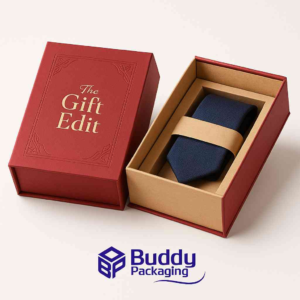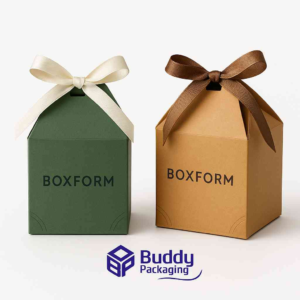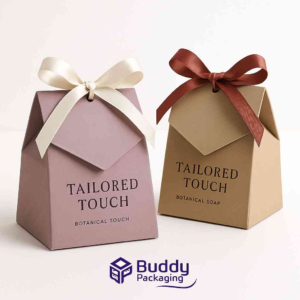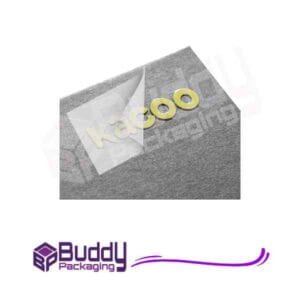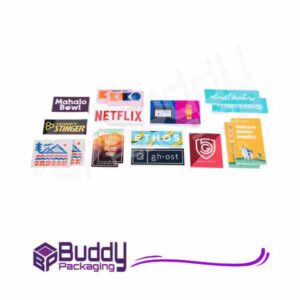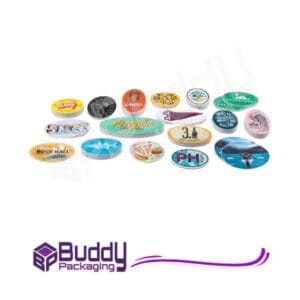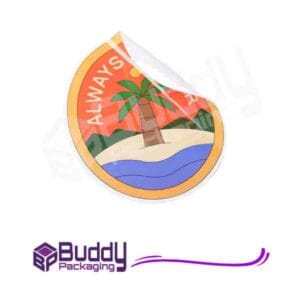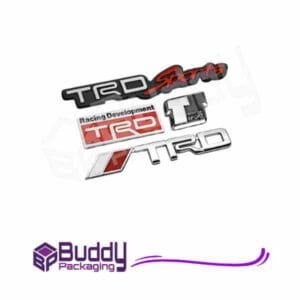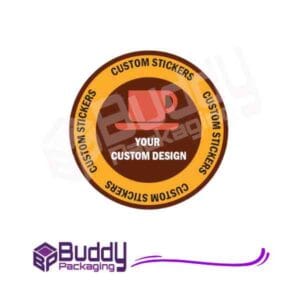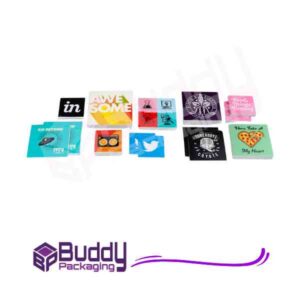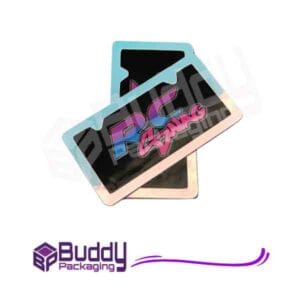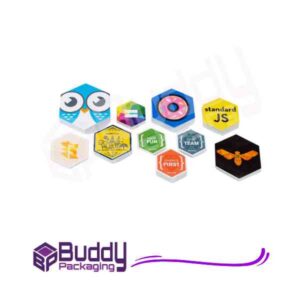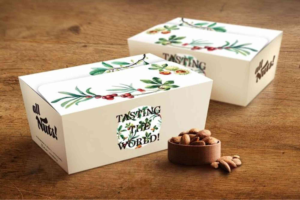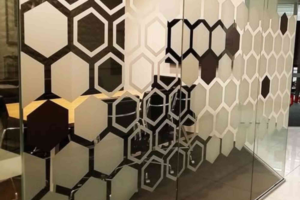Introduction
In the food industry, packaging plays a crucial role in preserving freshness, ensuring hygiene, and enhancing brand appeal. Custom boxes for food packaging provide businesses with an opportunity to create safe, sustainable, and visually appealing packaging solutions. Whether you’re a restaurant owner, food brand, or packaging manufacturer, understanding the essentials of food packaging can significantly impact product safety and customer satisfaction.
Importance of Custom Food Packaging
Custom food packaging is designed to maintain food quality, prevent contamination, and offer convenience to consumers. It also serves as a branding tool that differentiates products on the shelves. When choosing packaging, businesses should prioritize materials, durability, and compliance with food safety regulations.
Key Benefits of Custom Boxes for Food Packaging
- Food Safety: Protects against contamination and external pollutants.
- Extended Shelf Life: Preserves freshness and prevents spoilage.
- Brand Recognition: Enhances customer experience and builds loyalty.
- Eco-Friendliness: Supports sustainable packaging initiatives.
- Customisation: Tailored to fit the size, shape, and branding needs of the product.
How to Ensure Safety in Food Packaging
Ensuring the safety of food packaging requires adherence to hygiene standards, regulatory compliance, and quality control measures. Follow these key steps:
Choose Food-Grade Materials
Food packaging must be made from materials that are safe for direct contact with food. Common food-safe materials include:
- Cardboard with food-safe coatings
- BPA-free plastic
- Biodegradable kraft paper
- Recyclable glass or metal
Maintain Hygiene Standards
Food packaging must be produced in a clean, controlled environment to prevent contamination. Regular inspections and compliance with food safety regulations, such as FDA or EU standards, are essential.
Opt for Secure Sealing and Insulation
To prevent leaks and contamination, food packaging should have secure closures, tamper-evident seals, and proper insulation. This is especially important for liquid-based or perishable items.
Ensure Proper Labeling and Compliance
All food packaging should include clear labeling with:
- Expiration dates
- Storage instructions
- Ingredients and allergen information
- Recycling and disposal guidelines
Implement Sustainable Packaging Practices
With growing environmental concerns, many brands are shifting to eco-friendly packaging solutions. Options like biodegradable materials and compostable packaging contribute to sustainability while maintaining food safety.
Design Tips for Custom Food Packaging
Custom food packaging isn’t just about safety—it’s also about aesthetics. A well-designed package enhances brand appeal and customer experience. Here are some design tips:
Choose Eye-Catching Colours and Fonts
Colour psychology plays a vital role in packaging design. Bright and natural colours evoke freshness, while clean typography enhances readability.
Incorporate a Window or Transparent Section
Adding a see-through section allows customers to view the food item inside, increasing trust and purchase intent.
Use Minimalist and Eco-Friendly Design
Simplicity in design, along with recyclable materials, aligns with current trends and reduces waste.
Enhance Usability and Convenience
Consider easy-open features, resealable packaging, and stackable designs to improve customer experience.
Guide to Custom Food Packaging
Identify Product Requirements
Determine the type of food product, shelf life, and packaging needs.
Select the Right Material
Choose food-safe and sustainable materials for packaging.
Create a Custom Design
Incorporate branding elements, logos, and product details.
Test Packaging for Safety
Conduct quality checks to ensure durability and food safety compliance.
Implement Branding and Printing
Use high-quality printing techniques for vibrant and informative packaging.
Finalize and Distribute
Ensure the packaging meets industry standards before launching it into the market.
Related FAQs
1. What are the best materials for food-safe packaging?
The best materials include BPA-free plastic, biodegradable kraft paper, and food-grade cardboard.
2. How can I make my food packaging more eco-friendly?
Use biodegradable or recyclable materials, minimize packaging waste, and opt for compostable solutions.
3. What labeling is required for food packaging?
Labels must include expiration dates, ingredients, allergens, and storage instructions.
4. Where can I get custom box packaging in the UK?
You can check Custom box packaging UK for premium food packaging solutions.
5. Can I use custom soap boxes for food packaging?
No, Custom Soap Box Packaging is designed for non-food items.
6. Where is Buddy Packaging located?
Visit Buddy Packaging Location to explore their offerings.
By following these safety and design tips, businesses can create custom food packaging that not only ensures product safety but also enhances brand visibility and customer satisfaction.

